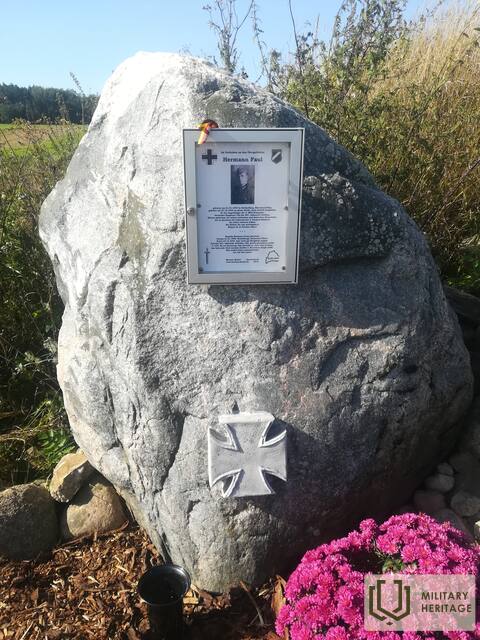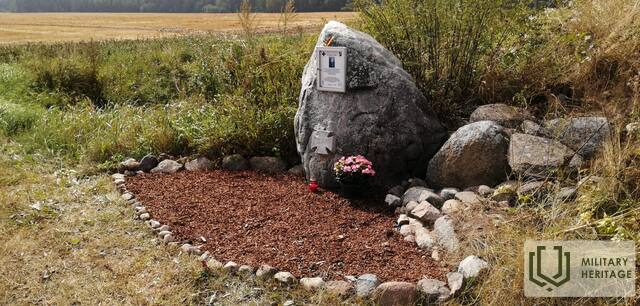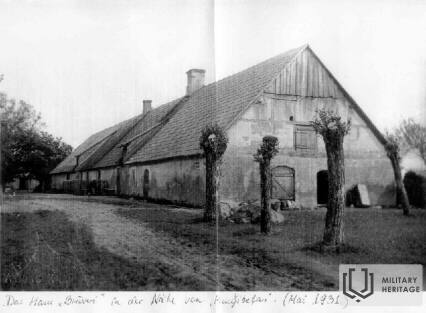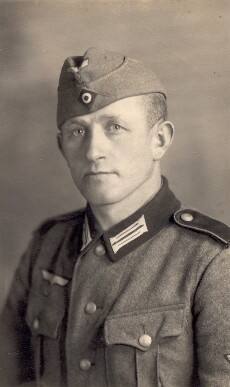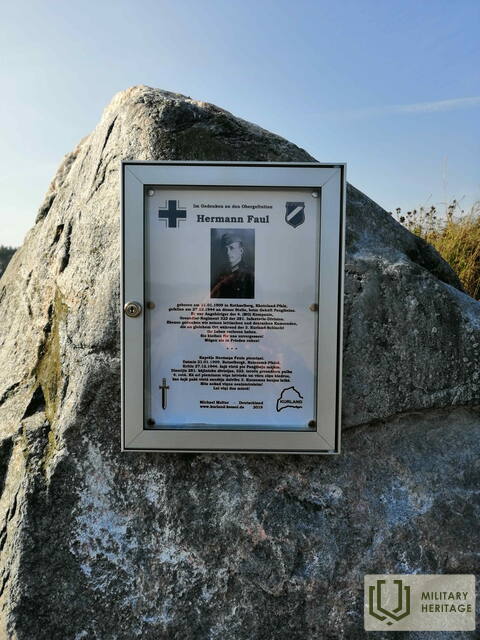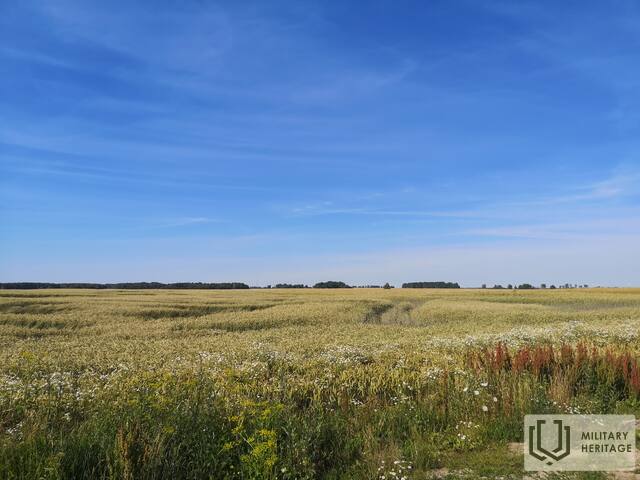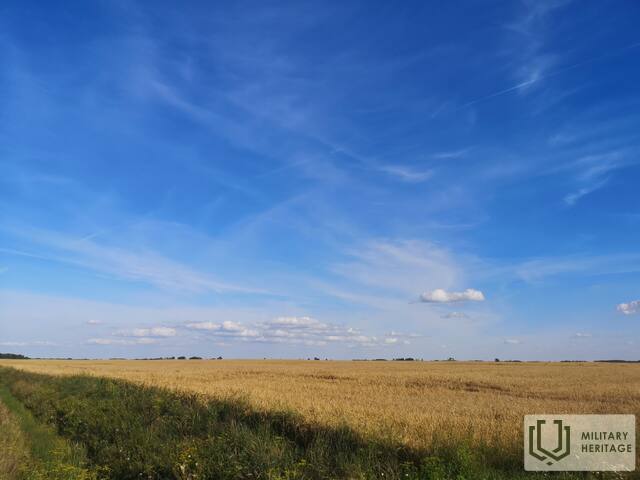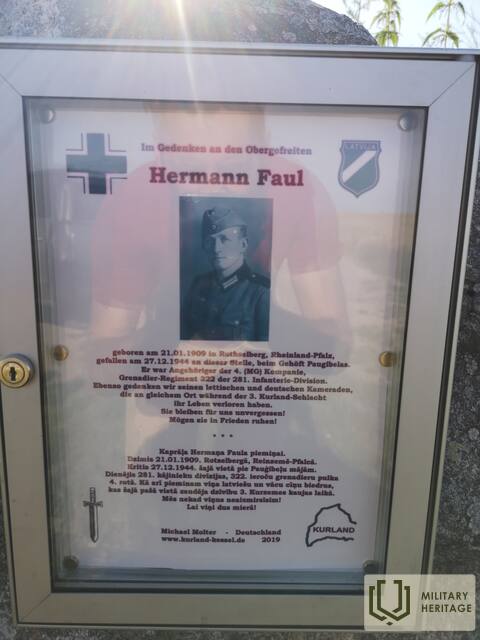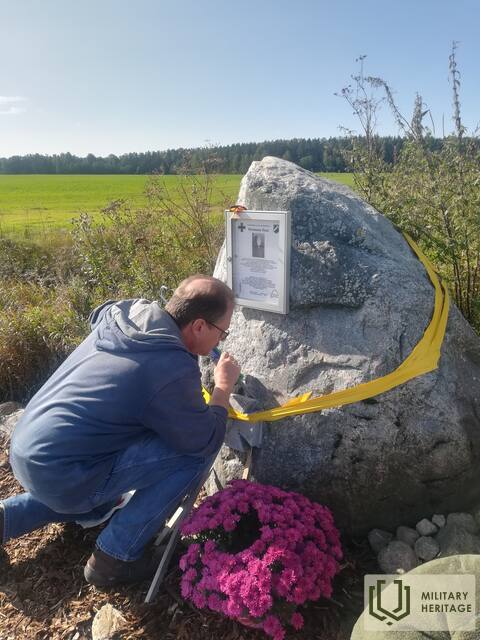Memorial site for Hermann Faul Memorial site


 65
65





It is located at the crossroads of rural roads, turning off the road leading from Pienava to Džūkste.
Memorial to H. Faul, and to the nine German and Latvian soldiers who fell in the battle of 27 December 1944 (probably blown up by a direct hit from a cannon shell) and who are presumed missing since then, as no remains, documents or other evidence of their identity have been found.
Related timeline
Related stories
Tell me about the sunken equipment
Numerous stories of machinery sinking in swamps and lakes have survived in Latvia. Few of them are true.
Missing German Army Soldiers During the Battles of Courland - Herman Fauls
The documentation of the German Army Group "North", which was later renamed "Kurland" during the siege of Kurzeme, still does not contain clear information about approximately 50,000 German army soldiers. These soldiers are listed as missing in action. Even today, relatives of these soldiers are trying to find traces of their relatives and ancestors in Kurzeme, both documentary and physical. One such story is about Herman Faul, who has been missing since December 27, 1944 - the 3rd Battle of Kurzeme, or Christmas Battles.
"Digging is better than burrial!"
The order of the Army Group “Kurland” is: "Build and build!" It is a task for every soldier of the front of the rear services. Which is best marked by the word: "Digging is better than burrial!"
"The war is not over until the last soldier is buried" (Saldus German Soldiers' Cemetery)
Kurzeme emerged as a separate and distinct battlefield on 10 October 1944. Some 500 000 German troops were counted as surrounded. According to reports from the 1st Baltic Front Headquarters, only a "small effort" was needed to completely liberate the entire Baltic coast. However, the fighting in Kurland continued for another seven months and Kurland became a symbol of the end of the Second World War.
During the seven months of fighting until May 1945, German forces in Courland lost 154 108 soldiers killed, wounded and missing. Since 1997, a war cemetery survey and reburial of soldiers near Saldus has been carried out and currently 27,000 names of fallen soldiers can be found here




